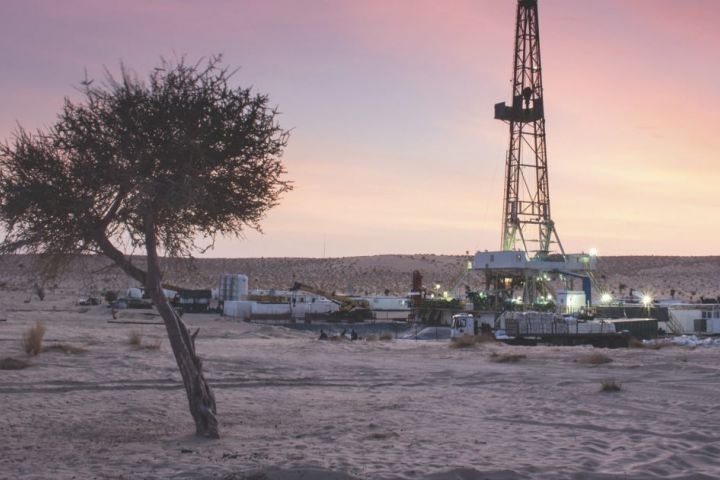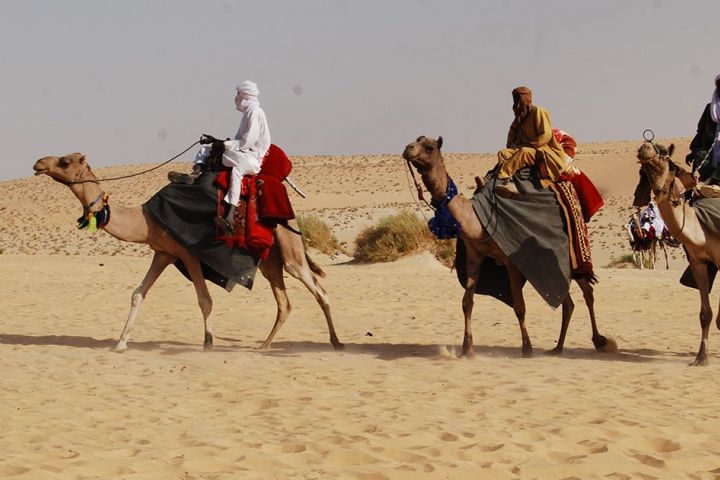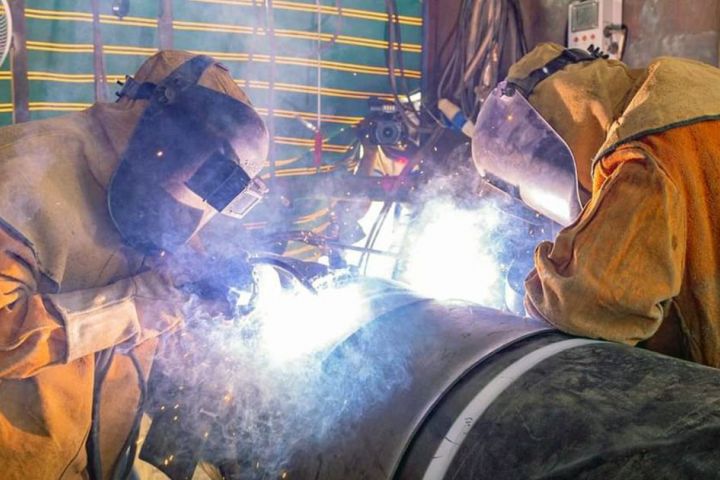The Agadem Rift Basin ("ARB") is a well-understood and technically low-risk petroleum basin which offers a low-cost operating environment and benefits from large-scale “open access” planned third-party infrastructure and a well-established oil service industry.
The Agadem Rift Basin (“ARB”), which forms part of the larger Central African rift system, has proven to be one of the world’s most successful and prolific exploration provinces since 2008, with an estimated one billion barrels 2P Reserve base established and an exploration success rate of 80%. This can be explained by the high probability of all petroleum system elements (i.e. source rock and migration, reservoir presence, trap and seal) being present within this Tertiary play. Savannah’s acreage covers approximately 50% of the ARB, an area equivalent to the Central North Sea Basin. The ARB evolved in two main rift phases (early Cretaceous and Tertiary), resulting in sediments of up to 10 km being deposited in the basin centre.
To date, most discoveries have been made in the Sokor Alternances, with the average size of discoveries being c. 30 MMstb of oil in place.
Savannah intends to continue work on its Early Production Scheme, The first phase is expected to deliver an initial production of 5 Kbopd. In this first phase, following well testing, raw crude will be processed in a 10 Kbopd capacity Early Production Facility (“EPF”), and the processed crude will be exported via a c. 50 km pipeline connected to the Niger-Benin pipeline. Savannah then anticipates a second phase to drill more wells and build a gathering system to produce from adjacent fields and process the crude at the EPF. Production is then expected to ramp up to c. 10 Kbopd. The new Niger-Benin pipeline and terminal in Seme, Benin will provide an important export route and the ability to monetise further our existing and future oil discoveries in the ARB.
A world-class exploration province
The favourable structural setting of the traps, combined with seemingly excellent migration efficiency and charge timing from the Lower Yogou marine shale, helps to explain the exceptionally high rate of discoveries, with almost all defined traps containing producible hydrocarbon fluids.
Good quality reservoirs are also present at many levels within the Alternances and on a regional basis, reservoir presence and quality are seen as being low-risk play elements. Many analogue structures to known discoveries have been identified on seismic data (limiting trap risk) and remain to be drilled. While the sealing effectiveness will depend on fault juxtaposition, the stacked reservoir arrangement of the Alternances will mitigate against any side-seal uncertainty and help to increase the overall exploration success rate of 115 discoveries from 142 exploration wells.
The presence and effectiveness of all the petroleum systems elements demonstrates the low-risk profile of the Sokor Alternances play. Our 2018 exploration campaign (five out of five well exploration success) is testimony to this. In addition, several light oil discoveries have been made in the Cretaceous Yogou play directly to the South East of Savannah’s R3 Licence area, which highlight the potential upside from this under-explored play.
Understanding the high success rate
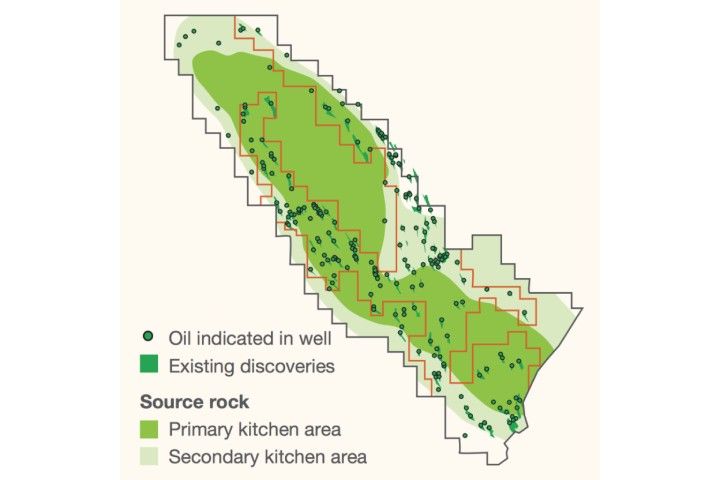
Source rock & migration risk
The primary source rocks in the ARB are Lower Yogou marine shales. Oil shows and discoveries have been proven across the length and breadth of the basin, proving the effectiveness of the migration system. The green areas on the map demonstrate the extensive modelled expulsion of oil; the volume of oil generated materially reduces source and migration risk.
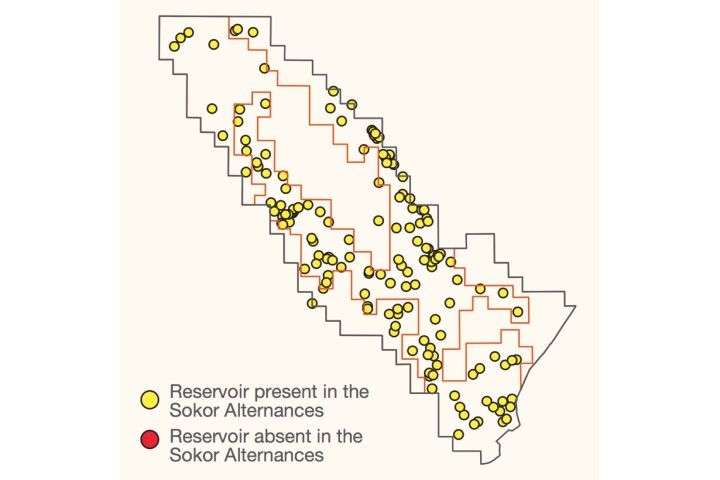
Reservoir presence risk
All wells drilled on the ARB have found reservoir within the Sokor Alternances, the primary play in the basin. The map shows the proven net reservoir within wells which penetrated this horizon.
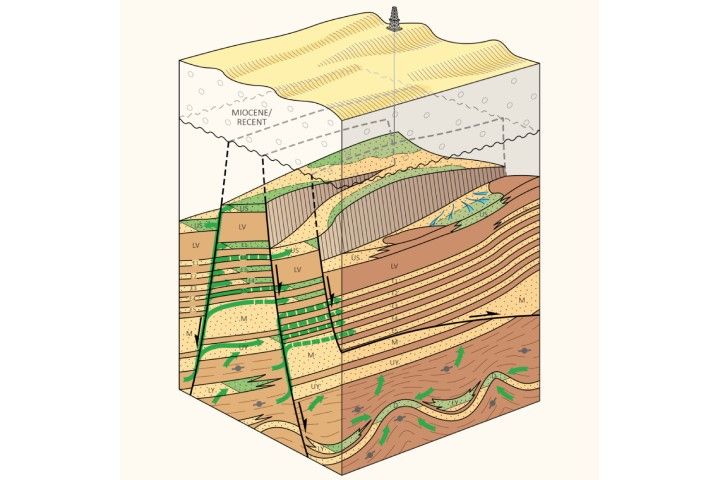
Trap & seal risk
The ARB has a simple structural configuration, with only one predominant fault trend. There are five to six stacked reservoirs in the primary Sokor Alternances play; this, combined with well defined traps on 2D and 3D seismic, serves to limit trap risk on an individual prospect.

